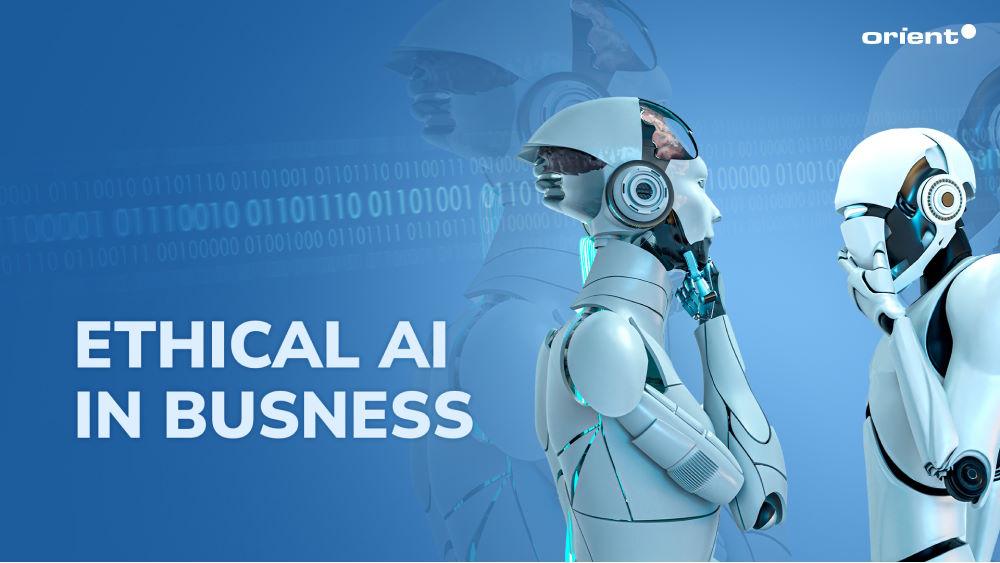Ethical Considerations in AI-driven Learning: Navigating Risks and Best Practices
Introduction: The Rise of AI-Driven Learning in education
Artificial Intelligence (AI) has revolutionized the education sector, powering adaptive learning platforms, smart tutoring systems, and personalized recommendations. AI-driven learning promises tremendous benefits—more engagement, tailored experiences, and optimized outcomes. However,integrating AI into education also raises critical ethical considerations,ranging from data privacy to discrimination and transparency. As educational organizations and edtech developers increasingly rely on machine learning algorithms, navigating the risks and adopting best practices is essential to ensure that AI-driven learning remains both innovative and responsible.
Benefits of AI-Driven Learning: Unlocking Potential Responsibly
- Personalization: AI tailors educational content and pace based on individual student needs and learning styles.
- Accessibility: Intelligent systems can support students with disabilities and language barriers, improving inclusivity.
- Efficiency: Automates administrative tasks, freeing educators to focus on teaching and mentoring.
- Data-Driven Insights: Provides actionable analytics to inform curriculum decisions and early intervention.
While these benefits are compelling, realizing them ethically demands keen attention to risk management and a commitment to best practices.
Ethical Challenges in AI-Driven Learning
1. Data Privacy and Security
AI-powered educational platforms often collect sensitive student data, making privacy a top concern. Mishandling data or weak security measures can lead to unauthorized access or breaches.
- Ensuring compliance with regulations like FERPA, GDPR, and COPPA
- Using anonymization and encryption
- Minimizing data collection to only what is necessary
2.Algorithmic Bias and Fairness
If AI models are trained on biased data, their recommendations and assessments can perpetuate inequality. This is especially problematic in grading,admissions,or resource allocation.
- Regularly auditing datasets for representativeness
- Implementing fairness metrics and corrective measures
- Involving diverse stakeholders in design and deployment
3. Transparency and Explainability
The “black box” nature of some AI models can make it difficult for educators and students to understand how decisions are made, complicating accountability and trust.
- Providing clear explanations for how AI systems impact learning outcomes
- Offering channels for feedback and contesting AI-driven decisions
4. Autonomy and Human Oversight
Over-reliance on AI could undermine teacher autonomy and student agency, perhaps leading to disempowerment.
- Maintaining human-in-the-loop approaches for critical tasks
- Empowering educators to override or contextualize AI recommendations
Best Practices for Ethical AI in Education
-
Establish Clear Ethical Guidelines:
Develop institution-wide policies on ethics, privacy, and fairness in AI adoption. Refer to frameworks from organizations such as UNESCO and IEEE for guidance.
-
Prioritize Transparency:
Enable stakeholders to understand how AI systems operate. Provide open documentation and user-pleasant explanations for algorithms and their outcomes.
-
Safeguard Student Data:
Adopt strong encryption, minimize data retention, and regularly review compliance with relevant privacy laws.
-
mitigate Bias:
Audit algorithms and data sources for bias. Pursue inclusive design processes with inputs from diverse communities.
-
Empower Human agency:
Position AI as a support tool, not a replacement for educators. Ensure that teachers and students have agency over learning activities.
-
Educate Stakeholders:
Train teachers, administrators, and students on the responsible use of AI technologies, their capabilities, and their limitations.
-
Monitor and Evaluate Continuously:
Implement mechanisms for ongoing evaluation of AI systems’ impacts and update governance practices as technology evolves.
Case Studies: Ethical AI in Action
Knewton’s Adaptive Learning Platform
Challenge: Knewton’s adaptive learning systems faced criticism due to opaque algorithms and unclear data use policies.
Solution: The company revamped its privacy frameworks and published clear documentation on how data is processed and how recommendations are formed.
Result: Improved trust among users and alignment with GDPR.
Duolingo’s Bias audit
Challenge: Concerns arose that Duolingo’s language-learning AI favored certain dialects and accents, potentially disadvantaging global learners.
Solution: Duolingo collaborated with linguistic experts and diversified its data sources to reduce bias.
Result: Increased inclusivity and greater fairness in language evaluation.
Practical Tips for Educators and Administrators
- Perform a Risk Assessment: Evaluate potential ethical risks before deploying any AI tool.
- engage Stakeholders: Include teachers, students, and parents in decision processes around AI adoption.
- Stay Informed: Keep up-to-date with legal requirements,ethical standards,and technological advances.
- institute Feedback Loops: Regularly solicit input from users to identify and address unforeseen issues.
- Be Proactive: Address emerging ethical concerns quickly and transparently.
Conclusion: Striking a Balance in AI-Driven Learning
The future of AI-driven learning in education is both exciting and complex. Harnessing the full potential of artificial intelligence requires a steadfast commitment to ethical principles. By prioritizing data privacy,mitigating bias,promoting transparency,and supporting human agency,educational institutions and technology developers can navigate the risks and ensure that AI serves as a tool for empowerment rather than exclusion. Responsible innovation is not simply an option—it’s an imperative for shaping equitable, impactful educational environments in the digital age.
As you explore, select, or implement AI-based learning solutions, let ethical considerations guide your choices, turning challenges into opportunities for every learner. Stay informed, collaborate, and commit to continuous improvement—because ethical AI in education is the foundation of trust and sustainable progress.

